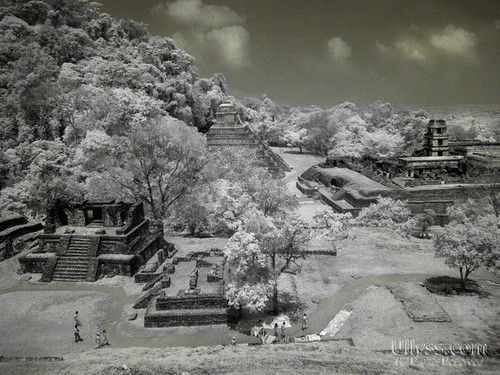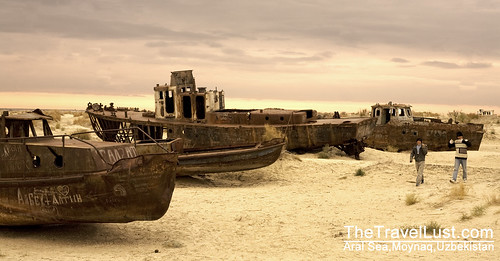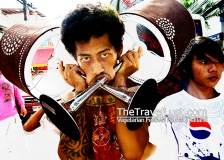
Legends has it that the mysterious Nazca lines of Peru were created by ancient Nazca people for visiting Aliens in their strange air crafts. Nazca images were symbols for communicating with landing craft and landing strips were created along with the symbols.
I come to believe it is true, however I am not sure if the Aliens did land on those landing strips made by these ancient Nazca people. The lines were constructed impeccably by clearing off shallow rock debris on this dry desert plains, the lines were so shallowly created that I couldn’t believe you can see it from the air.
This has been one of the places I had always wanted to visit since I was a young kid after reading all the conspiracy theories in supernatural magazines.
It was the low season, and unfortunately not all the aircraft companies were open, the price for a short 30mins was us$150, it was usually us$90 when all the companies were competing with each other.

There was a Peruvian version of Sesame street being shot while I was waiting for the flight and I might be in a part of the episode. I made friends with a couple of the characters while they were filming us and were chatting with the puppets who were taking the Nazca flights as well.
Even thought the airport was constructed for just viewing the Nazca lines, we needed to have a security screening, our bags were checked and so were all of us under a metal detector and a screening gate.
There is a mandatory 2 pilots on each tiny 8 seater plane, because of a plane crash accident when one pilot had a heart attack on flight and killing all the tourists a few years back.

The pilot greeted us and explained the various Nazca lines we were to fly over, each of us were weighed to assign seats, and I was lucky to be assigned the last seat at the tail for a window all to my own.

The plane circled a few times around each line, from above some of the lines could be barely made out because of the constant erosion by vehicles crossing the desert. 30minutes was a pretty short time, but it was worth the cost of visiting these lines which could possibly be destroyed with more human activities in the Nazca deserts.



























































 In Mendoza, Argentina the famous Malbec wine region : The Malbec grape varietal thrives and where the best Argentina wine come from, also famous for its Dulce de Leche, a condensed caramelised milk product popular with Argentinians
In Mendoza, Argentina the famous Malbec wine region : The Malbec grape varietal thrives and where the best Argentina wine come from, also famous for its Dulce de Leche, a condensed caramelised milk product popular with Argentinians















You must be logged in to post a comment.